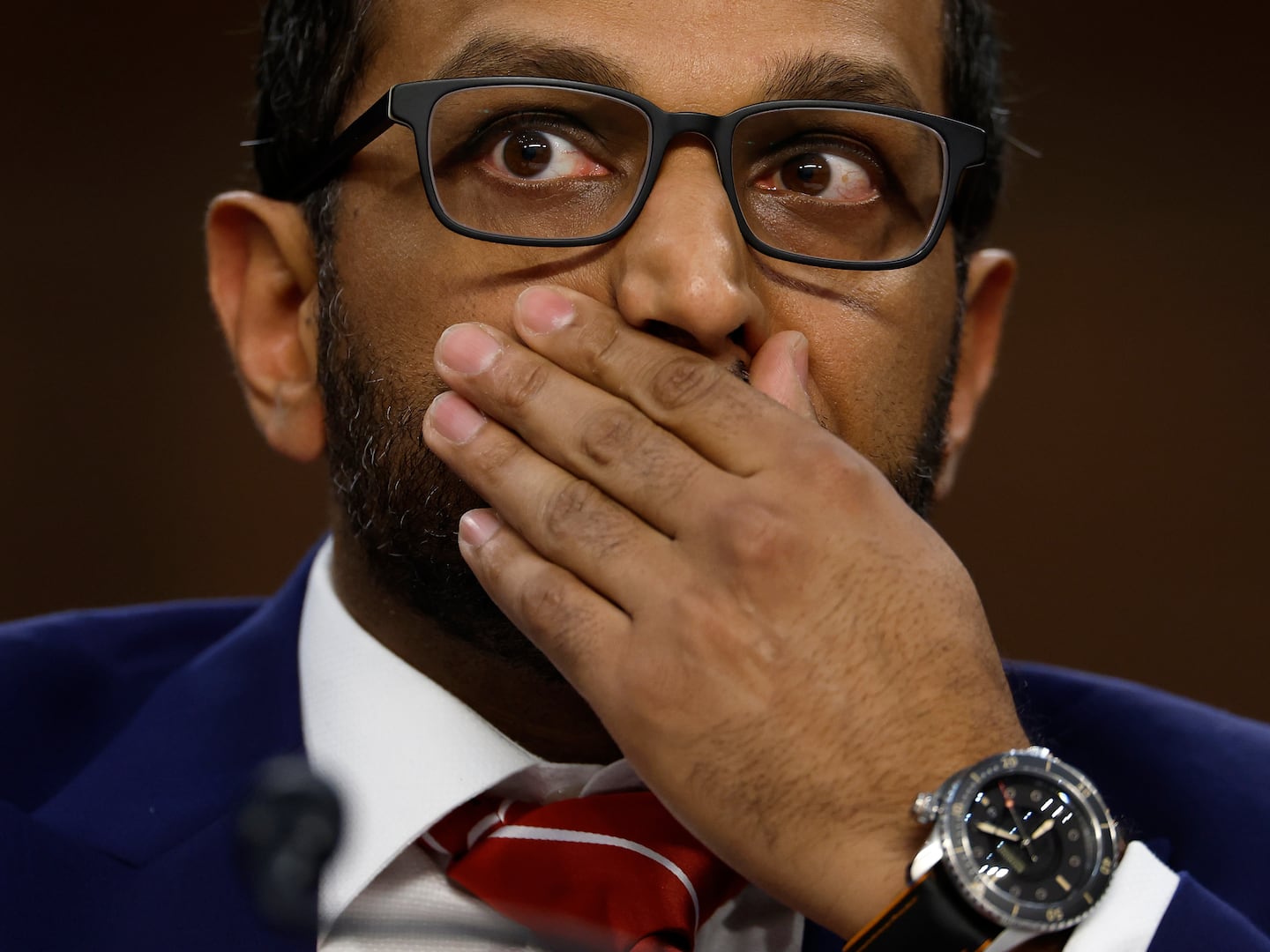Long before the first pitch in the 2011 Major League Baseball season was hurled, and long before a strange, twisting September saw near double-digit game leads evaporate for the Boston Red Sox and the Atlanta Braves, the baseball world was abuzz about two big money, multiyear deals involving two of the game’s biggest stars.
It started with the Washington Nationals, a franchise still searching for an identity, which bet the bank to sign free agent Philadelphia Phillies outfielder Jayson Werth to a 7-year $126 million deal in December.
Then, Tampa Bay Rays standout outfielder Carl Crawford jumped ship a few days later to land with the Boston Red Sox for 7 years and $142 million.
With 162 games in the rearview, these deals have to be viewed—for now, at least—as a major disappointment to the Nationals, the Red Sox, and their respective fanbases.
The proof is in the numbers.
The 32-year old Werth struggled in a Nationals lineup devoid of stars like the Phillies’ Ryan Howard and Chase Utley, batting .232 this season and scoring 69 runs, both career lows since he became a full-time player. Crawford lost more than 50 points off his batting average from last season, stole a meager 18 bases, and last week misplayed a low-line drive off the bat of the Baltimore Orioles’ Robert Andino that finally sunk the postseason hopes of the Red Sox.
The silver lining is that Crawford and Werth still have many years left on their deals to shape up and deliver.

Crawford and Werth are this year’s underachievers, but occasionally an overachiever pops up, usually a young player making the league salary minimum who outperforms perhaps even his own expectations. Take the St. Louis Cardinals’ Albert Pujols, who in 2001 as an outfielder (he’s since shifted to first base) hit 37 home runs, drove in 130 runs, and batted nearly .330, easily winning the Rookie of the Year Award over Roy Oswalt and Jimmy Rollins while earning a meager $200,000.
Just like on Wall Street, in baseball past performance is no indication of future results. In figuring our all-overpaid and all-underpaid teams we looked at one of the most effective gauges of a baseball player’s impact on his team, a statistic called win-above-replacement. WAR simply tells us how many wins the player accounted for compared to an average triple-A minor league call-up. Pujols in 2001 had a WAR of 6.9, meaning that statistically speaking his performance accounted for nearly 7 more wins than an average replacement.
According to Baseball Reference a WAR (wins above replacement player) of around 7 typifies an All-Star, a WAR over 10 makes for an MVP candidate, and a WAR over 15 signals a legendary year.

We looked at the WAR for each player for each season since 2000 and divided that number by each player’s inflation-adjusted salary, with data from Baseball Reference, then selected the best and worst WAR-to-salary performers at each position on the field. With respect to the handful of great designated hitters of the decade past, particularly David Ortiz and Edgar Martinez, we limited this list to position players with at least 100 at bats.
Spoiler alert: Crawford (2011 WAR of 0) and Werth (2011 WAR of 2.1) did not make our all-overpaid team.
-Clark Merrefield





